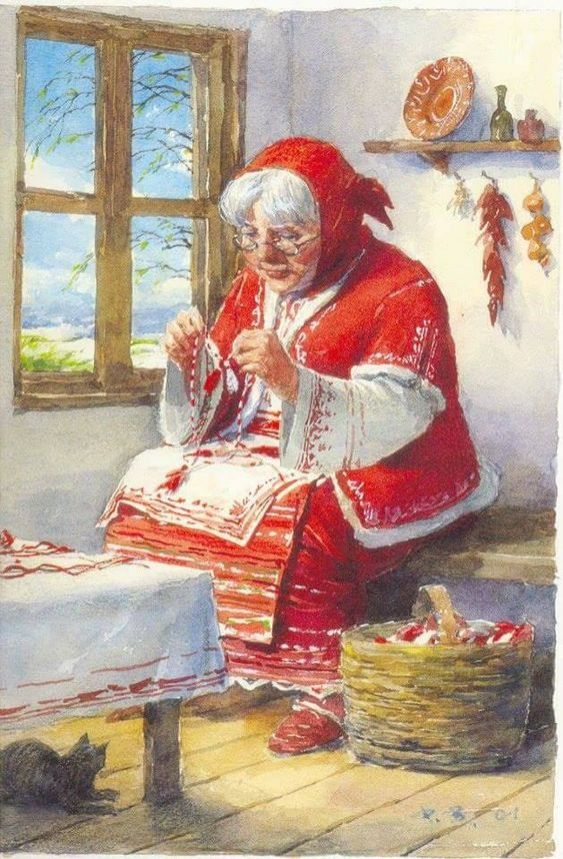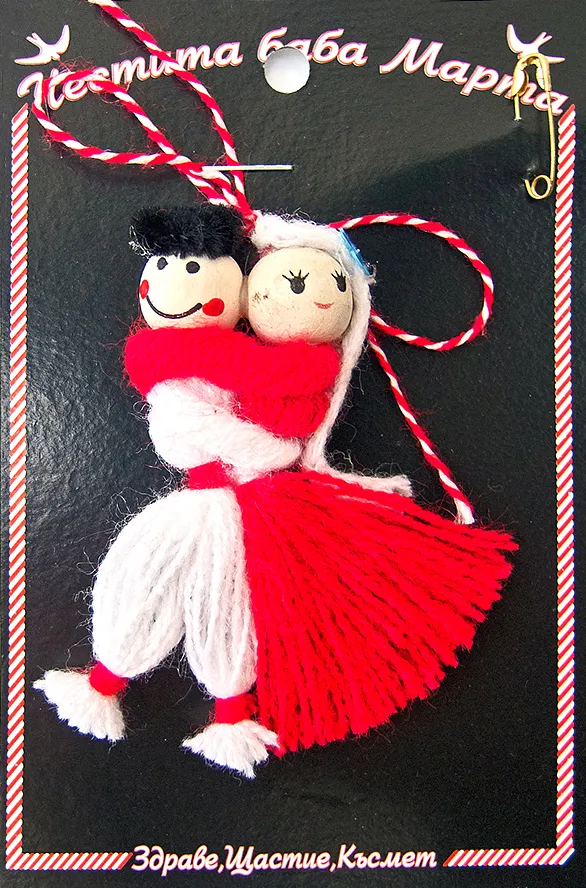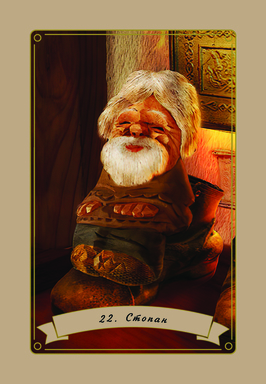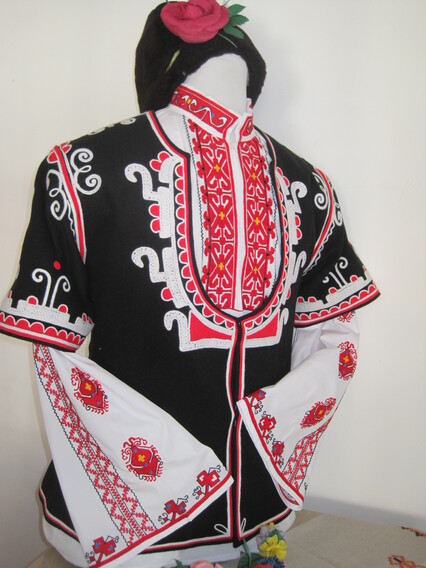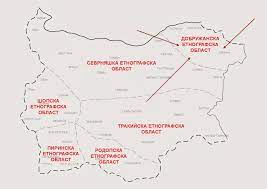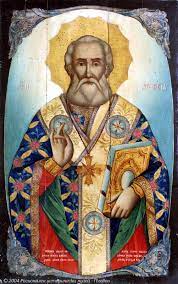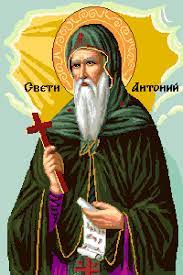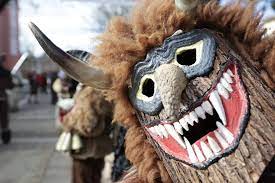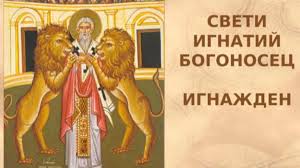Old legends say that the months of the year were living beings. Baba Marta was the sister of Golyam Sechko (January) and Little Sechko (February). The brothers drank the wine every year and didn't leave it to her, that's why Grandma Marta is still hot and sour. That's why people keep trying to appease her, because her mood influenced...
Legends of the Martenitsa
Legend of the martenitsa – 1 One of the legends about the origin of the martenitsa is related to Khan Asparuh and the creation of the Bulgarian state beyond the Danube. According to legends, when the Bulgarians reached the Danube plain, fascinated by the place, they decided to settle right here. The chief announced the newly created state and, as is his turn, decided to make a sacrifice...
Symbolism in our folk art - Stopan
Each house has its own patron, called the owner, domvik or saibiya. It is a house spirit, considered by some to be the spirit of a deceased loved one. It was believed that he was so attached to his home and heirs during his lifetime that after his death he remained in the family house, watching over and caring for...
Read the full post →„Символиката в народното ни творчество – Стопан“
The folk instruments - chan, gudulka, tambourine
Chan Percussion musical instrument of the group of bells. It has a conical shape. It is used in Bulgarian folklore, in the dances of the kukeri and as a signal instrument for domestic animals. A series of many vats is called a duzia. It is very characteristic of the Rhodopes. In a dozen chans, the lowest ones are called "kaba" and the highest ones are called "juritsi", after the two types...
Read the full post →„Народните инструменти – чан, гъдулка, тамбура“
Folklore regions in Bulgaria - Shop region
Our country is small in terms of territory, but it gathers seven folklore regions, each unique for itself with its own specific features in terms of clothing, music, songs and dances. The Shop folklore region stretches across Central Western Bulgaria. It includes the western part of the Central Highlands (Sofia field and Vitosha) and the Bulgarian regions of...
Read the full post →„Фолклорни области в България – Шопска област“
Folklore regions in Bulgaria - Dobrudzha region
Our country is small in terms of territory, but it gathers seven folklore regions, each unique for itself with its own specific features in terms of clothing, music, songs and dances. The Dobrudja region covers the northeastern part of Bulgaria. To the east it stretches to the Black Sea, to the southwest – to the Ludogorie and the Northern folklore region, ...
Read the full post →„Фолклорни области в България – Добруджанска област“
Athanasovden – January 18
St. Athanasius and Cyril of Alexandria are revered by the church, but according to popular legends, St. Athanasius is the lord of ice and snow. Dressed in a silk shirt, he goes to the mountains on his white horse and utters the words: "Go away, winter, come, summer!". That is why the holiday is also known as Midwinter. More about the holidays and...
Antonovden – January 17
St. Antony the Great is also the patron of basket makers, because during his lifetime he wove baskets from palm branches and thus earned his living. He was born about 251 in Egypt. 20 years of his life the saint spent in complete seclusion in the desert. He was also a healer, he talked for hours with the sick and...
The cookers
Kukeri are Bulgarian ritual carnival figures, men predestined as beasts or as the typical characters: the grandmother, the grandfather, the publican, the king). Their main purpose is to ward off evil forces. They are also called chaushis, babugers, stanchinaris, dervishes, old men, saturs or jamalars. The games are performed only by men, mostly bachelors. These evil chasers perform their New Year's rituals...
IGNAZHDAY – December 20
According to the proto-Bulgarian calendar, this is the single day, which is not included in any of the months. It is considered the beginning of the new year. The day marks the winter solstice, when the day is shortest and the night is longest. In the distant past, this astronomical phenomenon occurred around December 20. In 2023, the winter solstice falls on …

